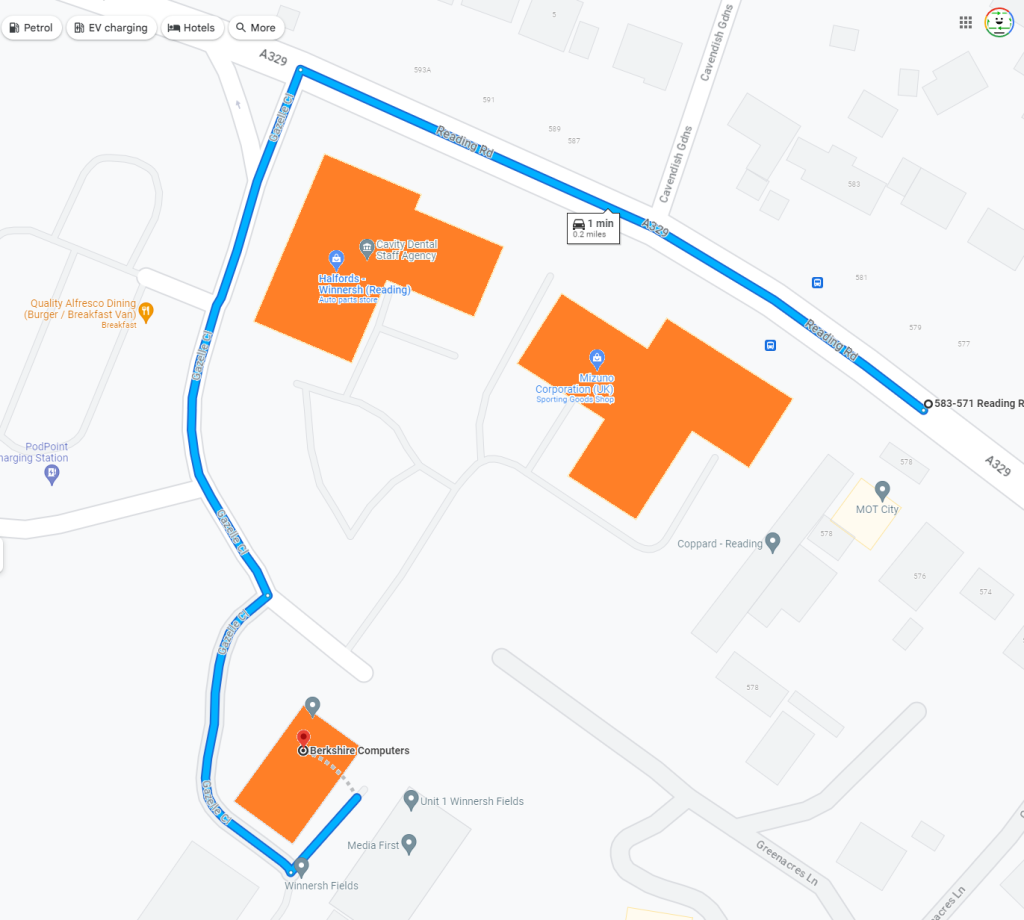Troubleshooting Windows 10 File Loss After Power Outages
If you’ve found yourself frustrated with Windows 10 deleting files from your desktop after a power outage, you’re not alone. Many users have encountered similar issues, particularly when rebooting their systems. Allow me to share some insights and potential solutions that could help resolve this perplexing problem.
The Issue Overview
Users often report that any new files added to their desktop disappear following a reboot, while pre-existing ones remain intact. For one individual experiencing this frustrating situation, they noticed a peculiar pattern: specifically, folders named “New Folder” were being automatically deleted upon restart. In contrast, file shortcuts stayed untouched, which added to the confusion.
Initial Investigations
During their troubleshooting efforts, the user discovered that the files in question were not only missing, but that any files or folders deleted were mysteriously restored after rebooting. This phenomenon presented an even more intricate puzzle to solve.
Specifics About the Setup
For reference, here are the important specifications for the user’s system:
– Operating System: Windows 10 Pro, Version 10.0.18363
– System Manufacturer: Dell Inc., Model: OptiPlex 9020
– Processor: Intel Core i7-4790, 4 Cores
– RAM: 16 GB
– The user has also relocated their desktop folder to a secondary drive to optimize space.
Suggested Solutions
-
Check Power Recovery Settings: If your system returns to a hibernation state instead of a full shutdown, check your power settings to ensure proper recovery actions.
-
Verify Desktop Folder Location: Since the desktop folder has been moved, ensure that all desktop items are correctly redirected within Windows settings.
-
Rename Folder Titles: Since your issue seems related to folders named “New Folder,” try to avoid using that name. Rename any new folders to something unique to prevent them from being deleted.
-
Investigate File System Errors: Running a check for system file errors can be helpful. Open Command Prompt as an administrator and use the command
sfc /scannowto initiate the scan. -
Consult Event Viewer: Look into the Windows Event Viewer for any error messages or warnings that occurred around the time of the power outage. These logs can provide clues about what might be causing this issue.
-
Utilize Data Recovery Tools
Share this content:



